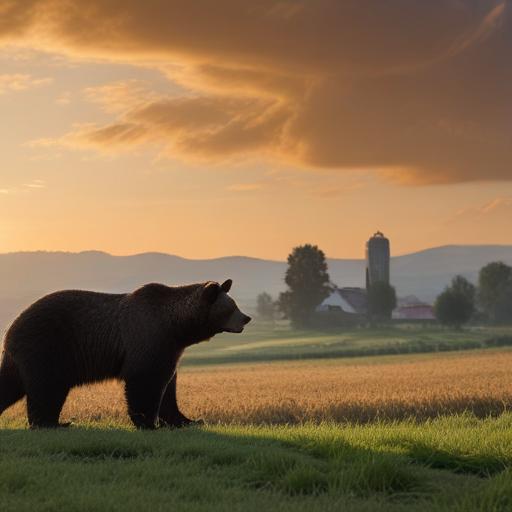Wildlife officials successfully captured an adult male grizzly bear on Friday following reports of cattle killings on private land near Cody, as confirmed by the Wyoming Game and Fish Department on Monday. The bear was subsequently relocated to the Glade Creek drainage, approximately 2.5 miles south of Yellowstone National Park.
According to Dan Thompson, a large carnivore specialist with Game and Fish, this particular bear did not have a history of chronic cattle attacks. “This bear was not a chronic offender or we likely would have sought to lethally remove the animal from the population,” he explained. The department noted that cattle losses due to grizzly bears represent the most prevalent type of human-grizzly bear conflict in northwest Wyoming.
The capture was conducted in coordination with the U.S. Fish and Wildlife Service, since grizzlies are protected under the federal Endangered Species Act within the Lower 48 states, which places them primarily under the jurisdiction of the FWS. Ensuring compliance with state and federal regulations, the agency emphasized the importance of notifying the public whenever a grizzly bear is relocated.
Historically, grizzlies are relocated within the established recovery zones, which encompass the Greater Yellowstone Ecosystem across Wyoming, Montana, and Idaho. Notably, the Wyoming Bighorn Mountains, where no established grizzly population exists, have seen persistent rumors of bear sightings. A significant incident occurred in April 2024 when a confirmed subadult male grizzly was killed after attacking cattle near Ten Sleep.
This ongoing management of grizzly populations reflects the balance between wildlife conservation efforts and agricultural interests, exemplifying the challenges faced in maintaining coexistence between wildlife and farming communities. The dynamic strategies employed by wildlife officials highlight their commitment to ensuring safety for both livestock and the bear population.
